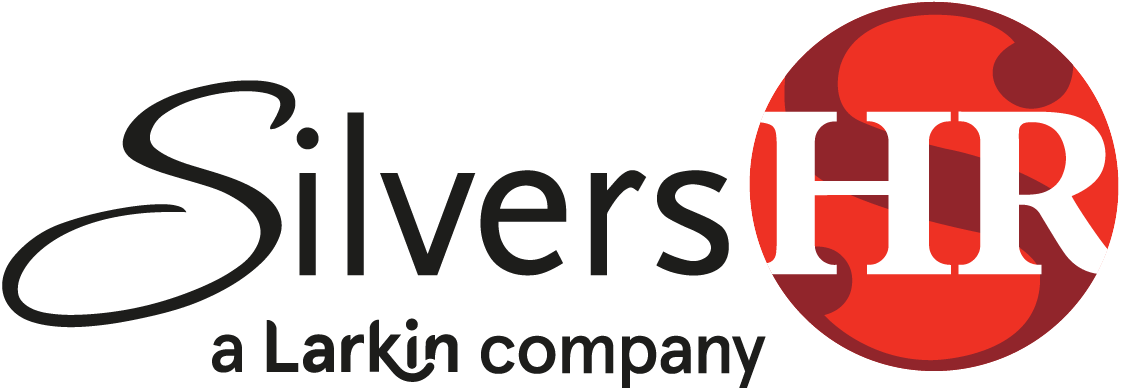By Kim Silvers, SPHR-CA
Minimizing Risks in Employment Terminations
We receive calls everyday from employers ready to terminate employees for any number of reasons. We’re their sounding board, giving them a learned ear to think out loud about the options and risks.[1] When we hear background with one of the following issues we advise employers to step back and think twice about the ancillary risks. Here’s our top ten, in no particular order:
- The employee has no clue this termination is coming. The old Holiday Inn slogan “The best surprise in no surprise” still rings true. If the termination is for a performance rated reason, the employee should be advised that there is a consequence. This notice may be in the form of the employee handbook, training, or prior counseling, which has been documented.
- The employee has recently filed an agency complaint about his employer. Agency complaints include discrimination, harassment or retaliation charges through the EEOC or the state agency (the Department of Fair Employment and Housing in California).
- The employee is a “whistleblower.” Employees who notify a public agency regarding suspected violations of public policy (“my boss is embezzling”) are protected from retaliation. Employees who have filed OSHA complaints also have protection from retaliation. We do not advise using “at-will” termination as a reason when this type of whistleblower activity is in the air. In fact, we rarely advise using at-will as the termination reason if the employer has a sound reason for termination – just state it in one sentence.
- The employee has filed a complaint on behalf of his coworkers. Employees have a right to exercise “protected concerted activity” under the National Labor Relations Act, regardless of union representation. Employers should be cautious about taking adverse action such as termination after an employee complains about pay or working conditions for the whole department.
- The employee is on a protected medical leave of absence. Employees on a medical leave within the provisions of the state or family medical leave laws have protected time with several guaranteed rights, including return to work rights. We often hear employers bemoan the vacant position and the need for a skilled person to do the job in the employee’s absence; however terminating the incumbent while he is on protected leave such as Family/Medical Leave (FMLA) or the California Family Rights Act (CFRA) leave is opening the door for major risk. The employer may hire a temporary employee or reassign someone, but the job is guaranteed (usually for up to 12 weeks) under the FMLA and CFRA.
- The employee is on a medical leave, but is not covered by a state of federal medical leave law or has exhausted the protected leave period. The ADA and many state disability laws require the employer to engage in the “interactive process” to assess whether the employer can reasonably accommodate the employee’s work limitations. If the employee’s job return rights are no longer protected the employer may fill the position, BUT should not immediately terminate the employee. We recommend that the employer leave the employee in an inactive work status (offering him COBRA continuation for medical benefits) and engage in a dialogue with employee and his health care provider about what work he can perform with or without reasonable accommodation. It costs nothing to leave an employee in an inactive work status while assessing other opportunities for him.
- The employee has filed a workers’ compensation claim. Oh dear, please do not terminate an employee when he is on an open workers’ compensation claim. He may also be covered by a state or federal medical leave law (FMLA or CFRA in California) that will protect his job for up to 12 weeks. If he’s not covered by FMLA or CFRA or has exhausted job protected leave the employer may fill his position, but we recommend that the employee remain in an inactive work status (offering medical coverage through COBRA) until the claim is closed. California employers are subject to a 132a discrimination claim for adverse action taken against an employee who has filed a workers’ compensation claim.
- The employee has filed an internal complaint regarding a manager and an investigation is underway. Until the complaint is fully investigated by the employer and a decision rendered it is risky to terminate the employee. It may appear to be retaliation for bringing an issue forward. Wait until the dust settles. Proceed cautiously to avoid a retaliation claim.
- The employee is disabled (non-work related illness or injury) and cannot perform the job duties in the short term. Again, the interactive process is required of the employer and employee to assess the employee’s limitations and the employer’s ability to accommodate him, even when it is an illness or injury caused by events outside of work.
- The employee is pregnant. California law requires an employer to accommodate a pregnant employee who may be disabled or have other medically related conditions affecting her work. These requirements are in effect before, during and after delivery. Even when the employer found a better performer while the pregnant employee was away, she has a right to be returned to the same or similar job. The California Fair Employment and Housing Commission published extensive pregnancy regulations in December 2012. Pregnant employees have protection for up to 17 1/3 weeks plus time for baby bonding under the CA Family Rights Act, plus additional time if the mother has medically related issues or the child is ill or injured. Don’t go there.
We often advise an employer who chooses to disregard our words of caution and terminate an employee under one of these risky scenarios to obtain legal counsel.

[1] We are not attorneys and do not offer legal advice, nor should this article be considered as such!
